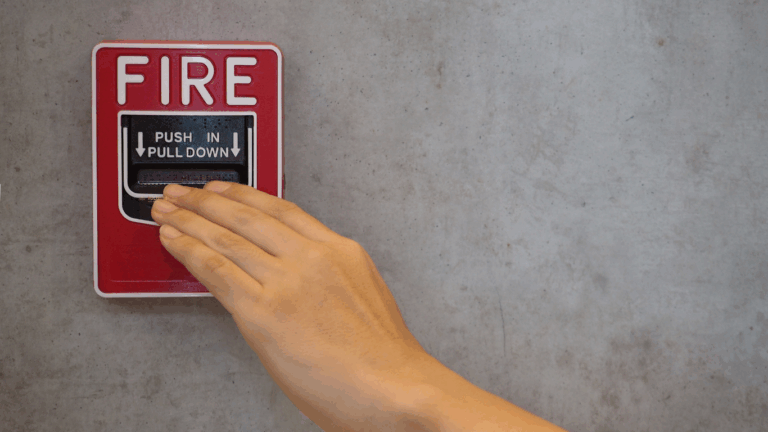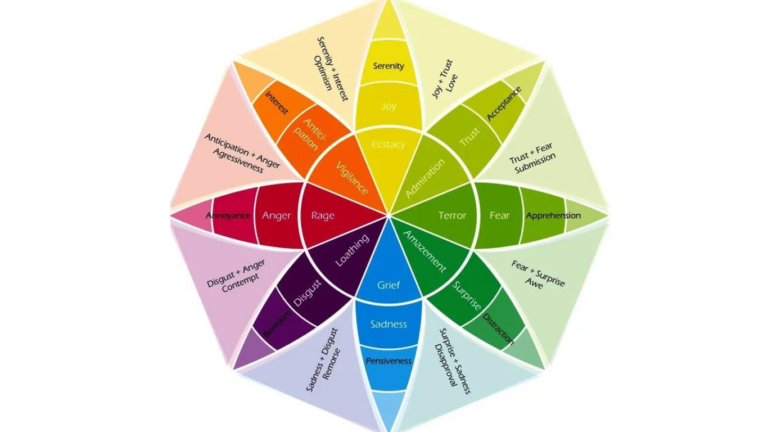Getting out of high alert or fight/flight/freeze/fawn seems impossible for those of us with chronic pain, fatigue, or other TMS symptoms, but I’m here to tell you that it IS possible. We need to teach our brains the truth about what is safe and what is dangerous.
Our brains are always learning; they can learn how to get out of high alert and live in peace and calm, just like they learn other habits.

TMS stands for Tension Myositis Syndrome, which occurs when the brain signals pain even though there is no injury or an injury has healed, and the pain persists. It’s like a false alarm. TMS can also be known as Neuroplastic Pain or Mind-Body Pain.
TMS occurs when our brain interprets safe signals from the nerve endings in our body as dangerous. It is just making a mistake. Sometimes, when our brain has been in a fight-or-flight mode for a long time, it will interpret things as dangerous when they are safe.
Living in a state of high alert is just a habit. We can teach our brains to live in peace and calm and only go into a high-alert state when necessary.
My mother, loving as she was, was what they used to call a nervous wreck. She was obsessed with dying and worried that either she would die and leave us or that one of us would die and leave her. When she felt a little pain somewhere in her body, she would immediately think she was full of cancer.
She was frightened to death of death for a really good reason. She had a rough childhood and learned that life was scary at a very young age.
I don’t remember this incident, but my brother has told me about it. We were driving high in the mountains in northern Idaho on our way to Seattle. A car came close to hitting us, and if it had, it would have knocked us off the road into a canyon. She looked down and said, “Kids, if that car had hit us, we would have ended up at the bottom of that canyon!”
Another time, we were driving in Nebraska and pulling a camper trailer. My dad made a left turn too soon, and a little red Mustang drove right through the camper. No one was injured, but my mom turned back to us and said, “Kids, can you imagine what would have happened if one of us had been riding in that trailer?”
Most mothers would have wanted to ease our fears. Her instincts were to ignite them because she believed this would keep us safe. She thought that the more fear she instilled in us, the more careful we would be.
Her intentions were good, but we learned to believe that we were in danger, even when we were perfectly safe. This way of life has many consequences, sometimes chronic pain being one of them.
I could tell story after story, but needless to say, my brain has been hypervigilant since a very young age. It is always looking out for danger, always worried that the other shoe may drop at any time.
We only need to be on high alert when there is an actual 911 danger. If a car pulls out in front of us, our brain goes into fight-or-flight to respond to the threat and then calms back down. When we see a mountain lion while hiking, we go into fight-or-flight, but if we survive that (I’m deathly afraid of mountain lions :), our brains will eventually return to normal.
We learn self-awareness or mindfulness. We know logically that there is no 911 danger, but our primitive brain doesn’t know. The more mindful we become, the more we can teach it that we are safe.
We can learn to stop scaring ourselves. Alan Gordon, the author of The Way Out, calls these experiences of safety corrective experiences. They happen when we teach our brain that it’s safe. The more corrective experiences we have, the less our brains will be on high alert.
Eventually, we are out of high alert and are now interpreting safe sensations correctly.
I’m not saying it’s easy; it takes repetition and persistence, but isn’t everything in life worth striving for?
If my mom were alive today, I would want her to know that ninety-nine percent of the time, she was safe, and we were safe, but she lived like 99 percent of the time, we were in danger, and one percent of the time, we were safe.
Click here for Pain Recovery Coaching, email us at [email protected], or fill out our contact form.






